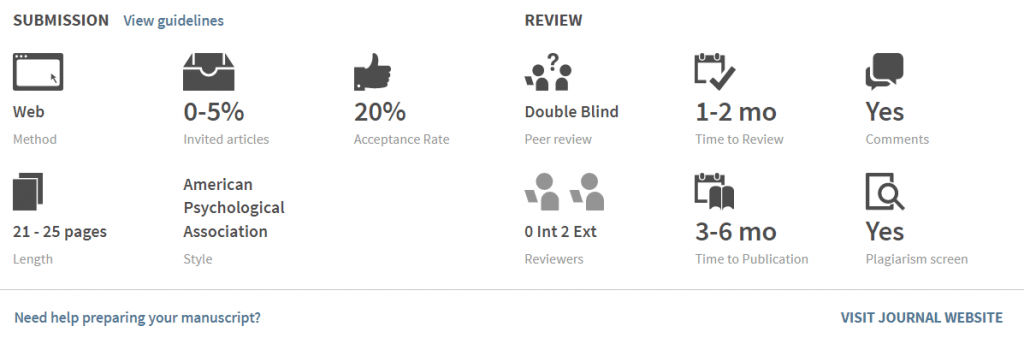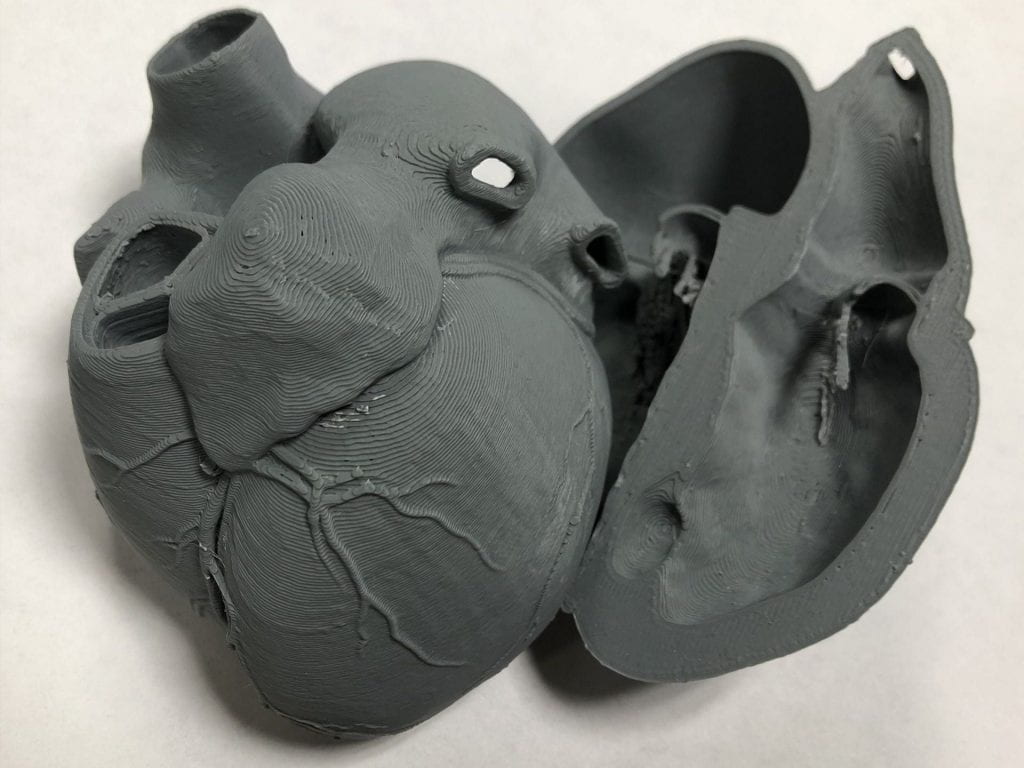
On August 25, 2022, the White House Office of Science and Technology Policy (OSTP) published a memorandum that updated guidance on research funded by federal grants and called for the end of a 12-month embargo period. By 2025, published research that is funded by the federal government must be made available to the general public and key stakeholders and must no longer reside behind a paywall. Government agencies, academic libraries, and other research institutions are in the process of understanding this memo and updating their policies. Many institutions believe this new memo and guidance will radically change the academic publishing landscape. While this policy will likely advance a cultural shift towards open sciences, there are also likely new challenges related to the publication lifecycle that researchers are likely to encounter. In this post, we’ll provide a detailed explanation of the OSTP’s guidance, how this will impact researchers, and offer library resources to help prepare for the change.
The memorandum entitled ‘Ensuring Free, Immediate, and Equitable Access to Federally Funded Research’ (also known as the Nelson memo), lists three recommendations for federal agencies:
- “Update their public access policies as soon as possible, and no later than December 31st, 2025, to make publications and their supporting data resulting from federally funded research publicly accessible without an embargo on their free and public release;
- Establish transparent procedures that ensure scientific and research integrity is maintained in public access policies; and,
- Coordinate with OSTP to ensure equitable delivery of federally funded research results and data.” (Office of Science and Technology Policy, 2022, p. 1)
Dr. Alondra Nelson, Deputy Assistant to the President, explained later in the memo that “The insights of new and cutting-edge research stemming from the support of federal agencies should be immediately available–not just in moments of crisis, but in every moment. Not only to fight a pandemic, but to advance all areas of study, including urgent issues such as cancer, clean energy, economic disparities, and climate change” (Office of Science and Technology Policy, 2022, p. 2-3). Under the OSTP’s new guidance, researchers, journalists, members of the public, and other interested parties will be able to access new research as soon as it is published at no additional cost. This will provide the public with the opportunity to learn more about new innovations and experiments and it will allow other researchers to replicate or expand on existing research.
The new guidance will allow for more collaboration as researchers combat complex topics such as climate change, future pandemics, and other global concerns. New research and data will be made freely available to the public, so researchers and institutions will need to address how to handle publication processing fees. While this new guidance won’t go into effect until 2025 and there are still questions about how specifically it will alter existing public access policies at government agencies like the NIH, the staff at Himmelfarb are here to assist researchers who may have questions about how the OSTP memo will impact their work.
The Scholarly Communication Committee tutorial ‘How to include Article Processing Charges (APCs) in Funding Proposals’ is a great place to learn more about budgeting for article processing charges when creating a grant proposal. ‘Open Access and Your Research’ examines the different open access models and the consequences it has on your research. And if you’re unsure of how to find article processing charges, the tutorial ‘Locating Article Processing Charges (APCs)’ offers guidance on locating this information on a publisher’s website. If you have specific questions about this new memo and would like to speak directly with a librarian, please contact the library via phone, email, or chat.
References:
Office of Science and Technology Policy. (2022). Ensuring Free, Immediate, and Equitable Access to Federally Funded Research. Author.












